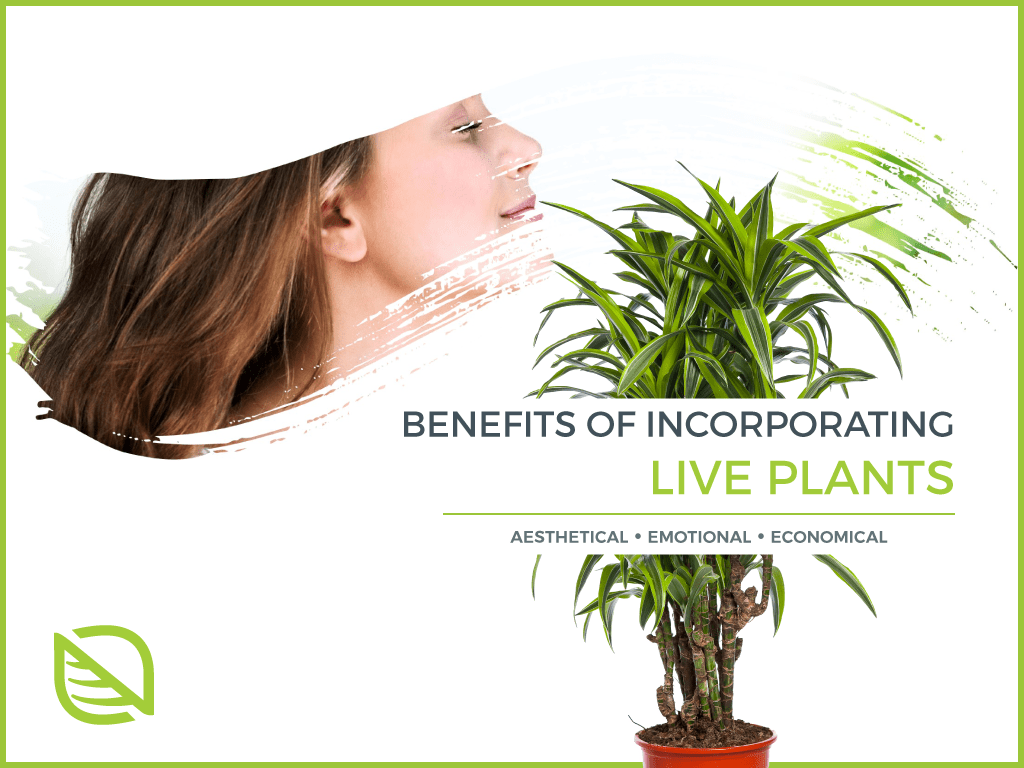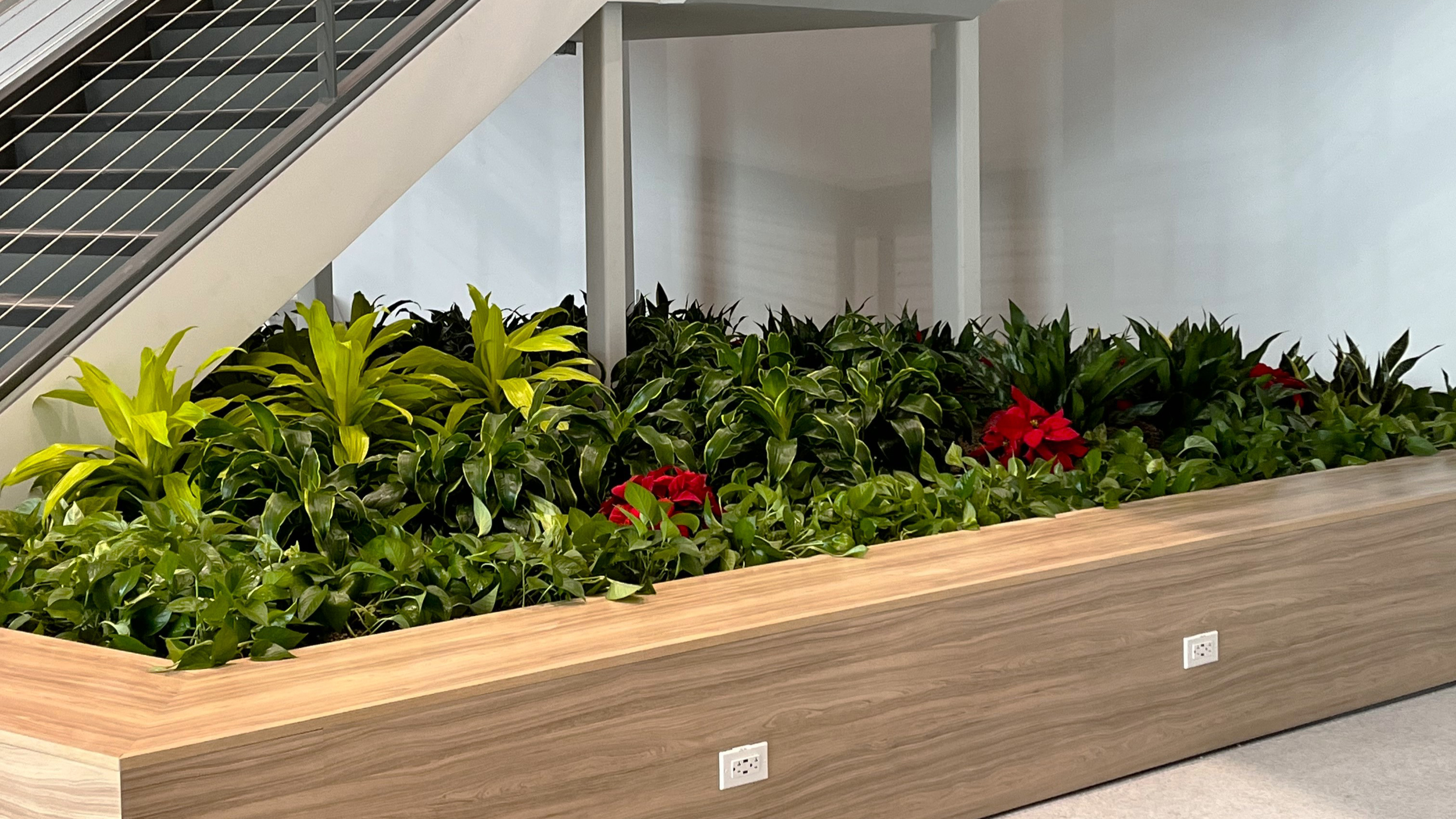Not Every Decorative Planter is Created Equal
When selecting a decorative planter, it might be tempting to choose the prettiest or the most affordable and be done with it. However, the best-looking or most cost-effective planter may not be what’s best for your environment, your lifestyle, or your greenery. There are a few vital factors to consider when picking out the right decorative planter or vessel to house your new plants—such as size, shape, and materials.
Obviously, the size of your planter will be partially determined by the size of your plant. You’ll want to select a decorative planter roughly 50% larger than the plant you’re putting in it. That will give the roots plenty of room to spread out and grow, increasing the amount of time before you need to repot. Larger decorative planters will hold more water, while smaller vessels will dry out more quickly. If you don’t remember to water very often, opt for a larger planter that will take in more water. Planters with thin necks (like a vase) may trap the plant as it grows, forcing you to break the vessel when it’s time to repot.
Regarding materials, clay or terra cotta pots are excellent for most plants. They insulate well, so they excel at regulating moisture and temperature. However, decorative planters made from clay tend to be heavy and can break easily. On the other hand, plastic plant vessels look pretty and are lighter and less breakable than their clay or terra cotta counterparts. But since it’s an unnatural and non-porous material, plastic doesn’t offer much in terms of insulation. Finally, wood and bamboo are also popular materials for decorative planters. These tend to be lighter than other common planters while insulating well. However, wood can rot if it becomes waterlogged, and if untreated, may not stand up to weather changes.
Still deciding on the right decorative planter? Your local plant supplier can help you select one that meets the needs of your plants and your space. Contact Natura here or at 1-888-284-2257 for more information.





